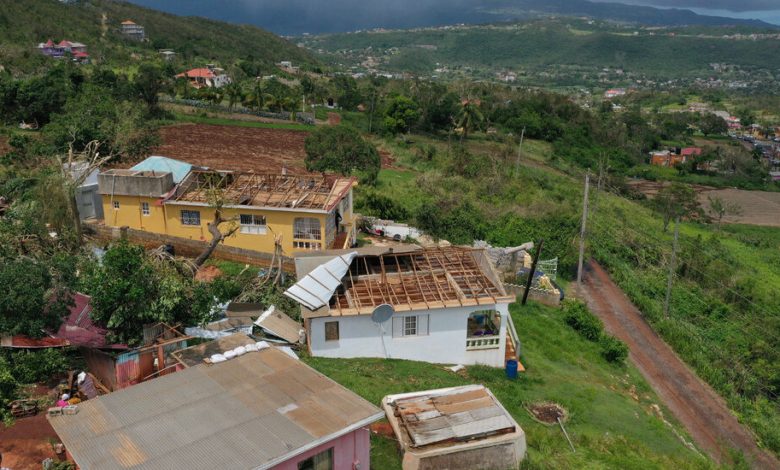What’s in Store for the 2024 Hurricane Season?

When Hurricane Beryl intensified into a Category 5 storm last week, it broke records and left a trail of damage across the Caribbean. The first named hurricane of the season, Beryl is the earliest Category 5 Atlantic hurricane ever recorded, and also the first Category 4 hurricane to form in the Atlantic in the month of June — a portent of what experts say is a hurricane season that will be much more intense than usual. It was also abnormal because of where it formed, farther south and east than is typical for storms of this magnitude.
After tearing through the Caribbean and the Yucatán Peninsula, the storm landed in southeast Texas, canceling more than a thousand flights and cutting power for more than two million residents. The storm killed at least 15 people.
Hurricane season usually runs from June 1 to Nov. 30, with most storms developing between mid-August and mid-October. A broad swath of the Caribbean, the Gulf of Mexico and the Atlantic seaboard of the United States is affected by the storms. If you’re planning to travel during this hurricane season, here’s what you should know.
How bad will hurricane season be this year?
The National Oceanic and Atmospheric Administration has predicted an 85 percent chance of a more active than normal season. An average season has about 14 named storms, but researchers at Colorado State University forecast that this year there will be 25, including six hurricanes that are Category 3 or higher.
More hurricanes are likely to occur because of the above-average water temperatures in the Caribbean and the tropical Atlantic. These warmer waters provide fuel for hurricanes and tend to be associated with lower pressure and a more unstable atmosphere, creating an environment conducive to storms, Phil Klotzbach, a senior research scientist in the department of atmospheric science at Colorado State, wrote in an email.
It seems as if the season is off to an early start. Why?
Warmer ocean temperatures are causing the hurricane season to start earlier than usual. Normally, storms would develop later in the season once the ocean has warmed, but this year parts of the Atlantic are already at 84 degrees, 2 to 3.6 degrees Fahrenheit above normal, according to Dr. Klotzbach. These kinds of temperatures are normally associated with the peak of hurricane season in September.
